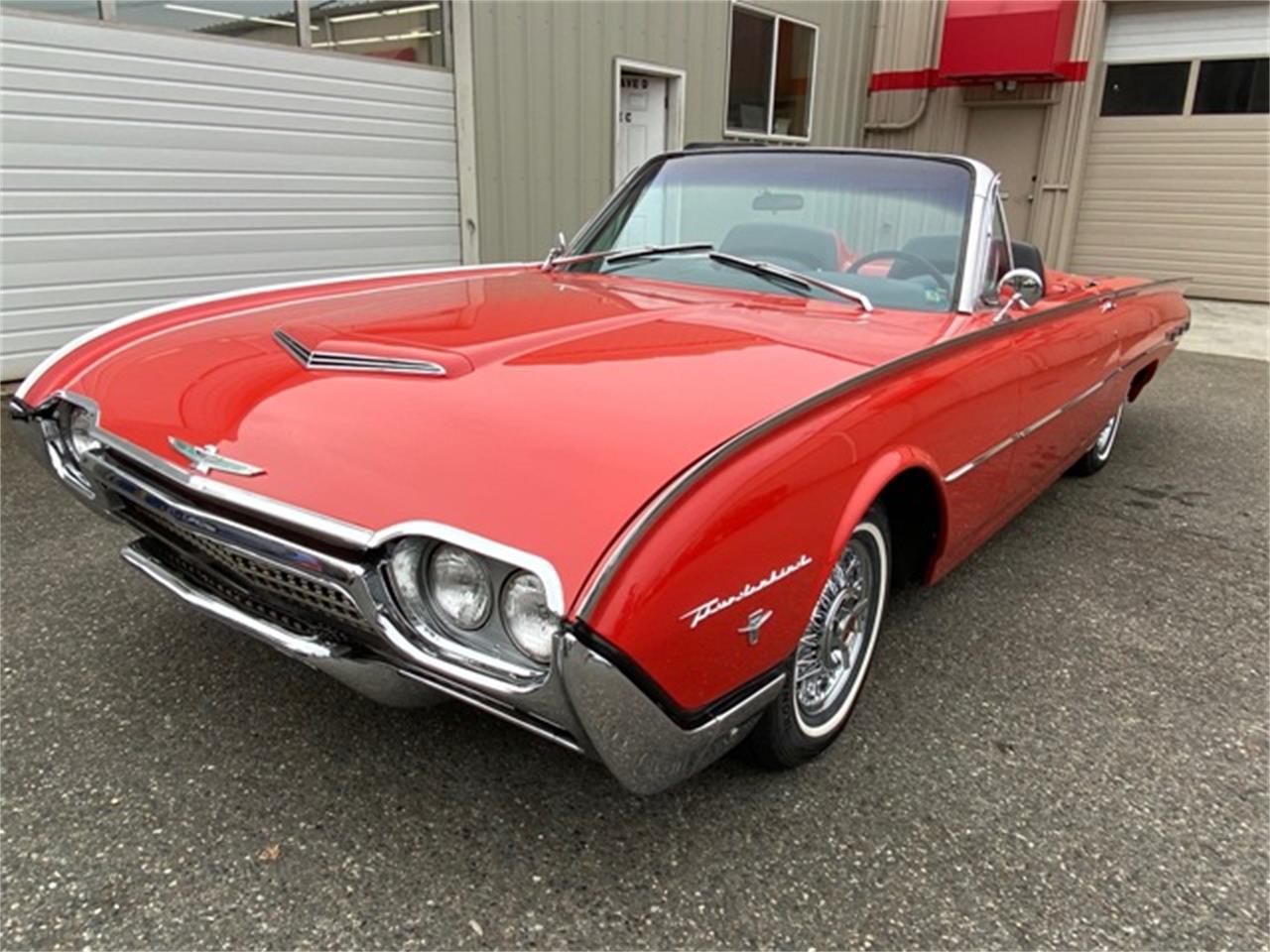
This fuel hose, one of three, is completely hidden from sight behind a splash shield. And while “intense” may be a strong adjective to describe a nice year in the garage (a bad day in the garage, and so on and so forth…), I have found some of Ford’s engineering choices “very distressing.”

My experiences with the Thunderbird, however, have been a little more frustrating, maybe a 5 or a 6.

For example, my experience so far with General Motors products of the 1960s and ’70s that aren’t Corvairs has been on the green side of the scale, maybe a 2 or a 3. If we instead modify the pain scale to relate to antique car ownership, I can simply and directly relate my thoughts and emotions regarding the “ownability” of my fleet. If you’ve ever been to a doctor’s office, the pain scale will be familiar, although I’ll never understand how someone suffering from “discomforting pain” could be smiling. Therefore, I’ve certainly had a few late to the game questions for Ford’s engineers since I bought my ’63 T-Bird last year, questions that mostly start with “Why?”. Having maintained a growing fleet of mid-century Americana from Detroit’s Big Three longer than I’ve been driving, however, I am in a unique position to judge such sundry criteria as the ease of maintenance, parts availability, and general functionality of the cars that collectively form our automotive heritage and landscape.
#1962 FORD THUNDERBIRD SOUND PROFESSIONAL#
I am not a mechanical engineer, nor a professional mechanic.


 0 kommentar(er)
0 kommentar(er)
